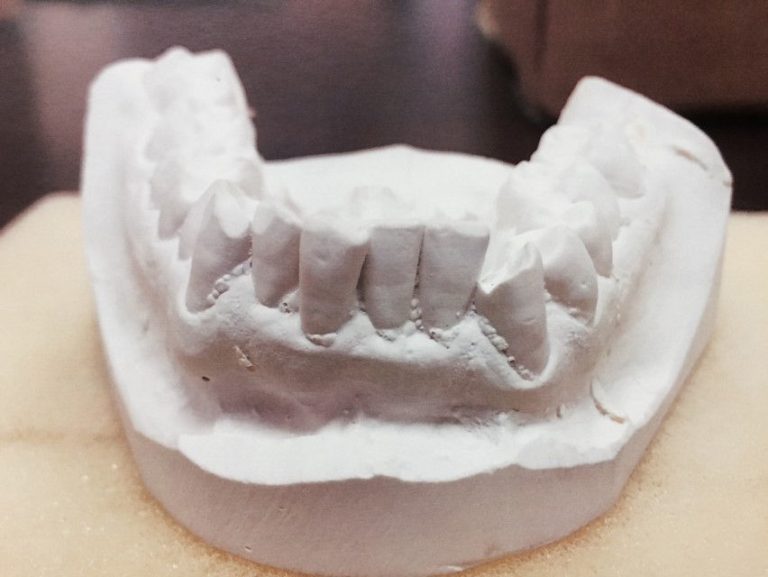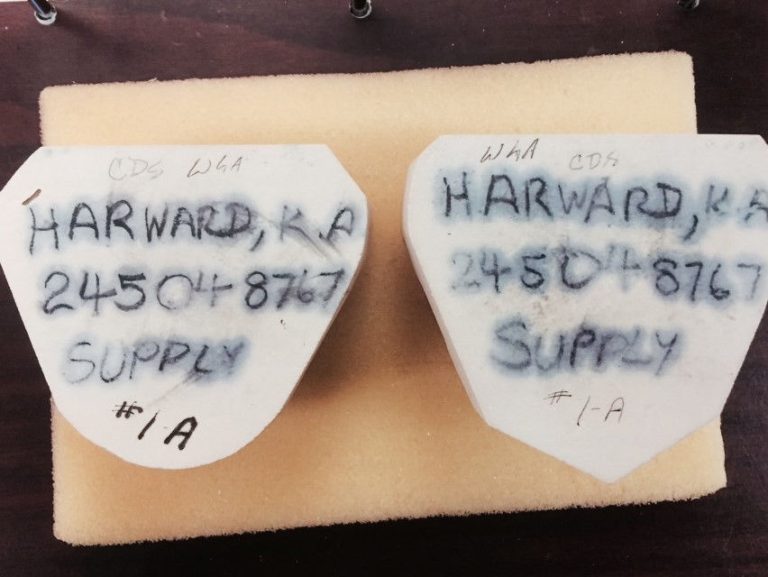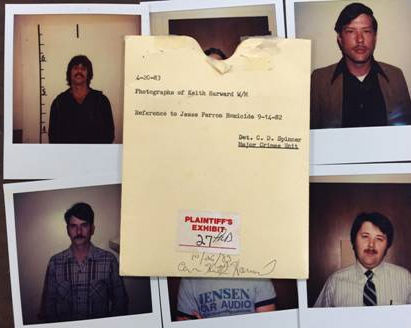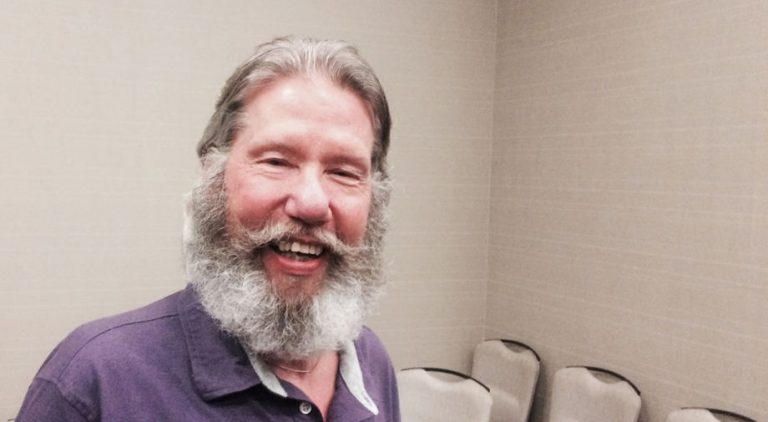FEATURE
The Bite Mark Case
In 1982, a murder trial in Newport News, Virginia dubbed “the bite mark case,” turned into a media sensation, as the community heard dentists describe how they compared bite marks on the victim’s legs to molds of the defendant’s teeth. In the early morning, a man broke into a home near the navy yards, in Newport News, Virginia. He beat a man inside to death with a crowbar, and then repeatedly raped his wife. During the assault, he bit her thighs and calves. She survived, called the police, and they swabbed and photo- graphed the bite marks. She was unable to identify the person who assaulted her—it was dark in the house at the time—but she described him as a white male wearing a white sailor’s uniform with three nested V’s, the insignia of an E-3 naval sailor. The USS Carl Vinson, a nuclear aircraft carrier, was under construction nearby—and it had thousands of E-3 sailors on board. Keith Harward was one of them.




In perhaps the most massive dental dragnet ever conducted, dentists examined the teeth of every one of the navy sailors on board the USS Vinson. About three thousand sailors took turns assembling in the mess hall, as two dentists shined flashlights in their mouths, looking for a tell- tale rotated tooth. The dentists examined Harward’s teeth once, and they called him back to take a mold of his teeth, shown in the above figure. When they first compared his teeth to the marks on the victim, they excluded him. Tellingly, “the gauntlet,” as Harward referred to that ordeal, turned up no leads.
One dentist testified to “a very, very, very high degree of probability those teeth left that bite mark,” referring to Keith Harward’s teeth. Three times “very” must be a really good match. The dentist added, “My conclusion would be that with all medical certainty, I feel that the teeth represented by these models were the teeth that made these bite marks.”
“There are no differences?” asked the prosecutor. “I found absolutely no differences.”
Next, a second dentist testified that it was a “practical impossibility that someone else would have all [the] characteristics in combination.” Again, the prosecutor asked him to elaborate. He said that he had found “with reasonable scientific certainty, Mr. Harward caused the bite marks on the leg.” The prosecutor asked, “If you look hard enough, could you find someone with similar teeth, theoretically?” “I sincerely doubt that,” responded the dentist.
This testimony was incredibly forceful. The jury convicted Harward in September 1982 and sentenced him to death. After an appeal on a sentencing issue, in 1986, Harward was convicted at a second trial and sentenced to life without parole. By now, six different dentists had all said he made the bite marks.
By the early 2000’s, Harward had given up on appeals and post-conviction challenges. Another inmate, though, told him about the Innocence Project, and he sent a letter. The Innocence Project took his case and obtained access to crime scene material for DNA testing. The swabs taken from the victim, in multiple places, all shared a single male DNA profile. That profile belonged to another person, also a sailor on the USS Vinson. That man died in prison in Ohio over a decade before, while serving time for burglary and kidnapping. Harward was released in 2016, after thirty-three years in prison.
What went wrong? We now know that not only were the dentists making exaggerated claims, but they were flat-out wrong that all of those details matched Harward’s teeth. What are the chances that six dentists separately reached the same false conclusion? They may have all been biased by pressure from police, and by each other. Before his first trial, Harward had been arrested in an altercation with his girlfriend, where she grabbed him and he bit her arm. She dropped the charges. But the police and prosecutors clearly decided he was a “biter,” and that may have encouraged the dentists to change their story to fit what the prosecutors wanted: a conviction. The dentists convicted an innocent man and let a murderer go free. Yet, at the time, the “bite mark case” was celebrated as a triumph of forensics.